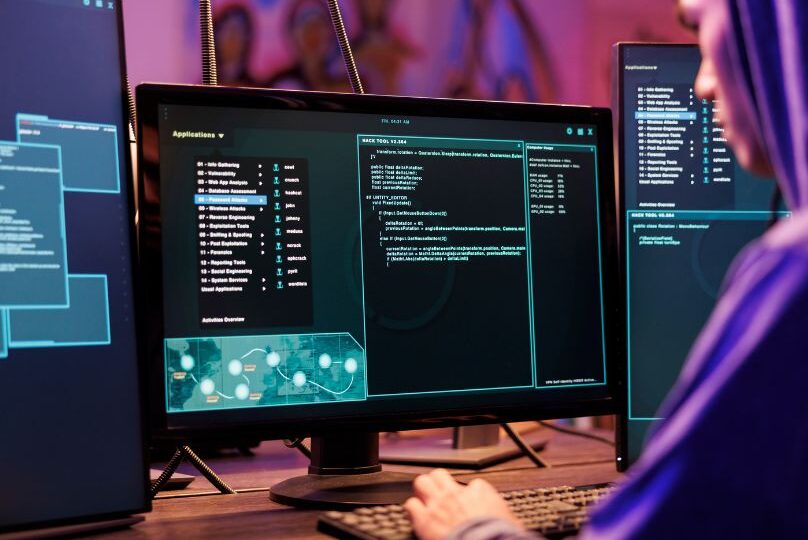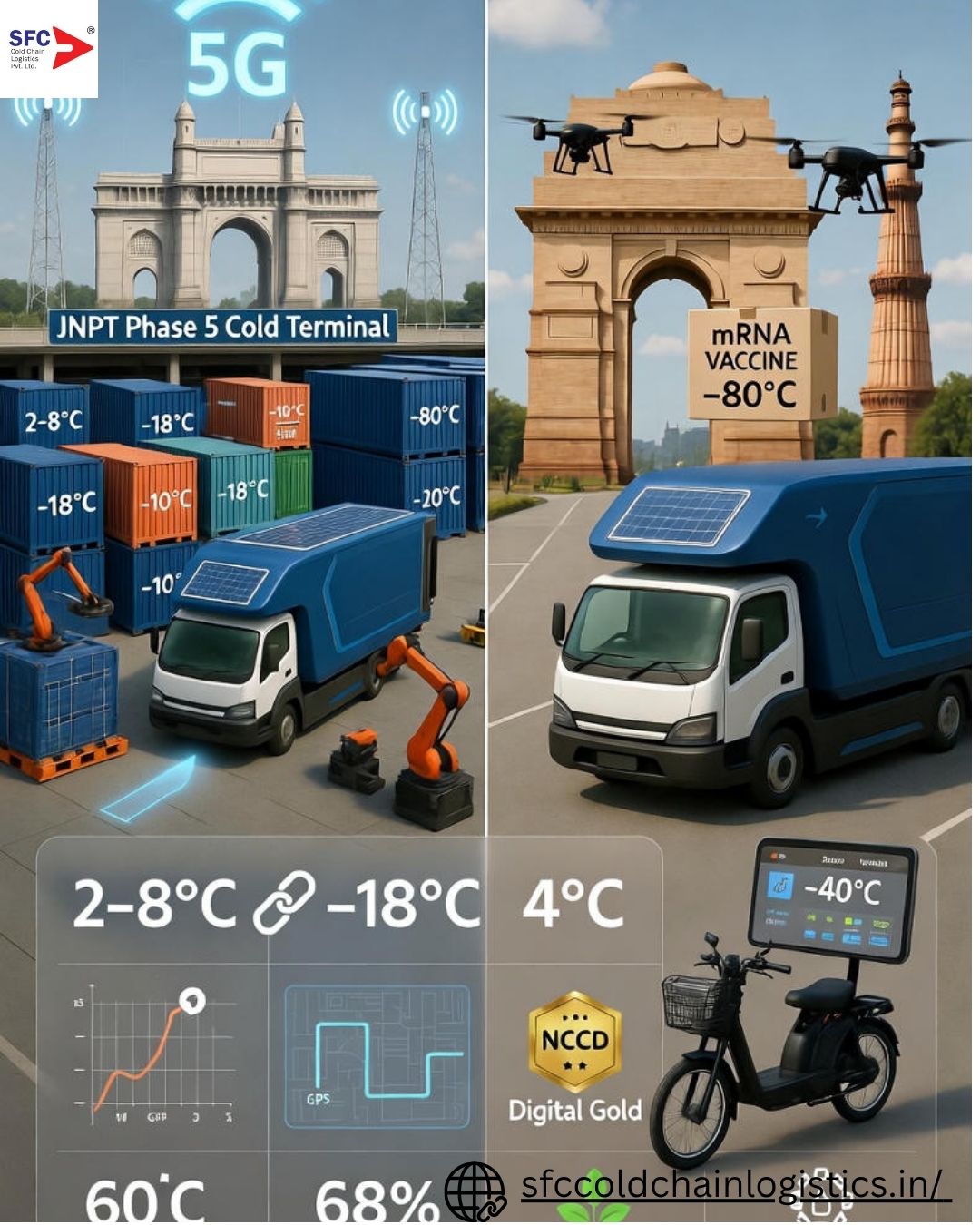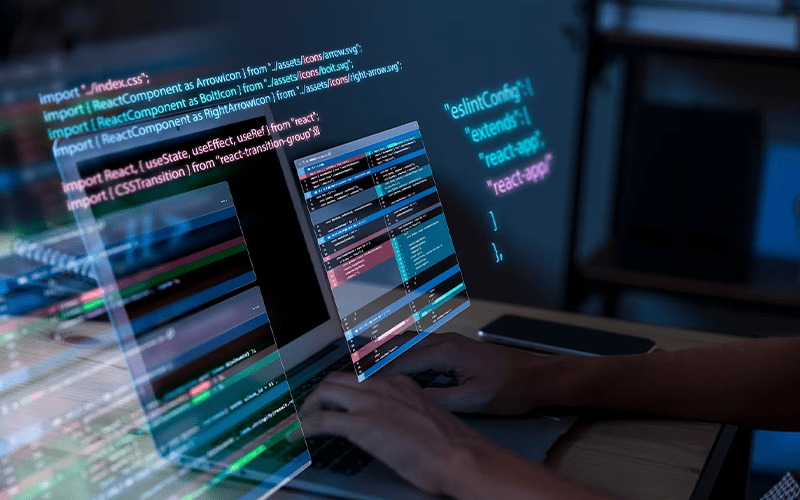From Data to Diagnosis: Exploring IoT’s Impact on Modern Healthcare Software Solutions
December 6, 2025 | by IoT Development Company

The Internet of Things (IoT) has emerged as one of the most transformative forces in healthcare, bridging the gap between medical data and real-time decision-making. By integrating connected devices, sensors, and intelligent software, healthcare providers can now monitor patients remotely, predict risks, and deliver personalized care at unprecedented speed and accuracy.
This evolution from reactive to proactive healthcare is redefining how hospitals, clinics, and diagnostic centers operate. From wearable devices tracking vitals to cloud-based software analyzing massive health datasets, IoT is at the heart of digital healthcare innovation. For businesses in the healthcare ecosystem, adopting IoT-driven solutions is no longer an option — it’s a necessity to stay competitive and patient-centric.
1. The Evolution of IoT in Modern Healthcare Systems
How connectivity transformed patient care
IoT has revolutionized healthcare by enabling real-time data collection from connected medical devices. These devices continuously monitor vital signs such as blood pressure, oxygen levels, and glucose readings, transmitting the data to clinicians for instant analysis. This connectivity allows for early interventions, reducing hospitalizations and improving outcomes.
Transition from manual to intelligent monitoring
Traditional monitoring systems relied heavily on manual entries and periodic checkups. With IoT, continuous monitoring ensures timely alerts when patient conditions deviate from normal ranges. This proactive approach has proven essential in chronic disease management, where real-time visibility saves lives.
Role in personalized medicine
IoT data empowers personalized medicine by tracking individual health patterns over time. This data-driven approach helps physicians tailor treatments and lifestyle recommendations to each patient’s unique biological and behavioral profile.
Integration with healthcare software ecosystems
IoT devices don’t operate in isolation; they integrate seamlessly with hospital management systems and EHR software. This integration enhances collaboration between departments, ensuring accurate, centralized, and accessible patient data.
Accelerating research and innovation
The vast datasets generated by IoT devices serve as a goldmine for medical research. AI and analytics use this data to uncover disease trends, enhance predictive modeling, and improve diagnostic accuracy.
Market growth and digital maturity
The global IoT healthcare market is expected to surpass $500 billion by 2030. This growth signifies a larger industry shift toward value-based care, digital adoption, and operational efficiency through connected technologies.
2. IoT-Driven Transformation in Healthcare Software Solutions
Smart integration of IoT with hospital management systems
Modern hospital management platforms are integrating IoT capabilities to streamline workflows. Sensors track patient movement, medical equipment usage, and room occupancy, optimizing hospital operations and resource allocation.
Real-time analytics for clinical decision support
IoT-enabled healthcare software analyzes live patient data to generate actionable insights. Physicians receive instant alerts on anomalies, helping them make faster, data-informed decisions that improve patient safety.
Remote patient monitoring and home healthcare
IoT-driven remote monitoring platforms are redefining post-hospitalization care. Patients can use wearable devices that automatically transmit health metrics to providers, reducing hospital visits while improving recovery tracking.
Integration with AI for predictive care
When IoT data meets AI, the results are transformative. AI algorithms analyze trends to predict potential health risks, allowing early intervention in diseases like cardiac disorders, diabetes, or respiratory conditions.
Operational efficiency and automation
IoT systems automate administrative tasks such as inventory tracking and equipment maintenance. This reduces manual workload, enhances operational visibility, and ensures better utilization of assets across healthcare facilities.
Empowering medical startups and innovators
Startups focusing on healthcare technology leverage IoT data to develop niche applications in diagnostics, telemedicine, and mental health. These innovations drive competition and enhance patient accessibility worldwide.
3. Enhancing Diagnosis Through IoT and Data Analytics
Real-time data collection for diagnostic precision
Connected medical devices provide continuous streams of data, eliminating the limitations of periodic diagnostics. This enhances accuracy and reduces the margin of human error in medical assessments.
AI-powered diagnostic algorithms
IoT data, combined with artificial intelligence, enables automated diagnostic algorithms that detect patterns invisible to the human eye. This allows for faster identification of anomalies in medical imaging, ECGs, and lab results.
Data fusion for holistic insights
Healthcare software merges IoT data from multiple devices to present a unified patient profile. Physicians can analyze cardiovascular, neurological, and metabolic data together for comprehensive diagnosis.
Early disease detection and prevention
Predictive analytics powered by IoT enables early identification of potential health issues. For instance, continuous ECG monitoring can detect arrhythmia before symptoms arise, allowing timely treatment.
Integration with laboratory systems
IoT devices streamline sample tracking, automate testing workflows, and synchronize results with EHR systems, ensuring seamless data transfer and faster result generation.
Reduced diagnostic turnaround time
Automated data sharing between connected devices and healthcare software reduces delays in diagnosis and reporting, improving patient experience and clinical productivity.
4. Key Benefits of Implementing IoT in Healthcare Software
Improved patient engagement and satisfaction
IoT devices give patients more control over their health by allowing them to track vitals and progress through mobile apps. This engagement fosters transparency and trust between patients and providers.
Enhanced clinical accuracy
By eliminating manual errors and providing real-time insights, IoT-driven software improves diagnostic accuracy. Physicians can rely on continuous, verified data rather than intermittent checkups.
Cost reduction for healthcare facilities
Automating monitoring and maintenance reduces hospital readmissions and operational costs. Predictive maintenance ensures critical equipment is always functional, minimizing downtime and resource waste.
Data-driven care planning
IoT-generated data provides valuable insights for designing patient-specific treatment plans. Care teams can monitor recovery patterns and adjust interventions based on empirical data.
Integration with Custom Medical software development services
Partnering with companies offering Custom Medical software development services ensures seamless IoT integration tailored to your organization’s needs. Custom solutions help manage device interoperability, security, and compliance efficiently.
Strengthened collaboration across the care continuum
IoT fosters connectivity between doctors, nurses, technicians, and patients. This unified communication ensures coordinated care delivery and faster decision-making across departments.
5. Challenges and Considerations in IoT-Enabled Healthcare Systems
Ensuring robust cybersecurity
With vast volumes of patient data being transmitted across devices, cybersecurity remains a top concern. Encryption, two-factor authentication, and regular security audits are essential to prevent breaches.
Managing device interoperability
The healthcare ecosystem includes diverse devices from different manufacturers. Ensuring interoperability between IoT systems and existing EHR software is critical for maintaining data consistency.
Compliance with healthcare regulations
Healthcare IoT must comply with standards like HIPAA, GDPR, and FDA guidelines. Non-compliance can result in penalties and data integrity issues.
Handling large-scale data volumes
Managing and processing massive IoT datasets requires scalable cloud infrastructure. Investing in efficient data storage and analytics platforms ensures uninterrupted system performance.
Maintenance and technical support
IoT systems need ongoing monitoring and software updates to function optimally. Reliable technical support is vital to prevent downtime and maintain service quality.
User training and adoption
For IoT healthcare software to succeed, staff must be adequately trained to interpret data and leverage digital tools. Proper onboarding ensures smooth adoption and maximum ROI.
6. The Future of IoT in Healthcare Software Development
AI-enabled predictive healthcare models
Future IoT healthcare systems will leverage AI to predict diseases before they occur. This preventive approach will revolutionize healthcare by shifting focus from treatment to prevention.
Blockchain for data integrity
Blockchain integration will enhance data transparency and traceability in healthcare systems. This will protect against unauthorized data manipulation and ensure trust across healthcare networks.
5G and edge computing
The introduction of 5G networks will allow real-time data transfer at unprecedented speeds. Combined with edge computing, this will enhance responsiveness in emergency care and telemedicine.
Digital twins for healthcare simulation
IoT and AI together will enable “digital twins” — virtual representations of patient conditions. These models will help test treatment scenarios and predict outcomes without invasive procedures.
Cross-industry collaboration and smart hospitals
IoT-driven hospitals will collaborate with insurers, pharmacies, and manufacturers through interconnected systems, leading to smart, adaptive healthcare ecosystems.
Sustainable and energy-efficient healthcare
IoT’s role will expand into sustainable healthcare operations, optimizing resource usage, reducing waste, and supporting eco-friendly facility management.
Conclusion
The IoT revolution in healthcare is far more than technological advancement—it’s a strategic business transformation. By connecting devices, data, and diagnostics, healthcare organizations can improve accuracy, patient engagement, and operational efficiency.
IoT-driven healthcare software solutions enable continuous monitoring, predictive care, and streamlined workflows — turning data into actionable insights. With the support of Custom Medical software development services, organizations can design secure, compliant, and scalable IoT ecosystems tailored to their needs.
As we move into a data-driven healthcare era, IoT will remain the backbone of innovation—bridging technology and care to deliver smarter, faster, and more personalized healthcare experiences.
RELATED POSTS
View all


